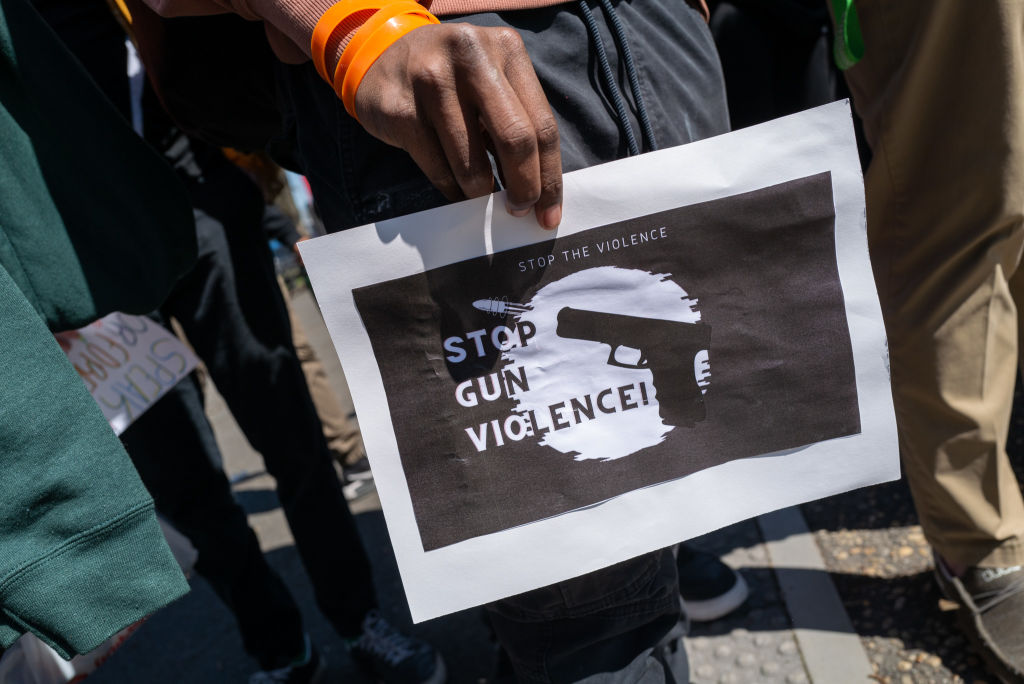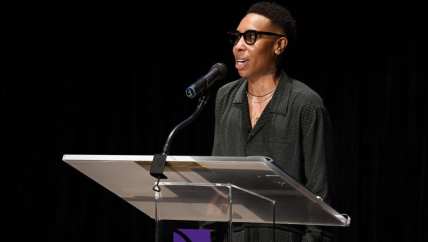The spike in summer gun violence has nothing to do with a break from school, data shows
Data from the University of Chicago’s Urban Crime Lab shows the majority of summer shooting victims are adults. And the majority of the suspected perpetrators are 20 and older.
Identifying bodies, planning funerals, setting up vigils, sitting bedside in hospitals, praying for God to comfort families – that’s how Pastor Donovan Price serves his community year-round, responding to shootings in Chicago. But from Memorial Day to Labor Day, the pace and frequency change.
He’s busiest in the summer. Almost nonstop. Always.
“The summer puts people in more targetable places and in proximity to other people,” Price told theGrio.
But data from the University of Chicago’s Urban Crime Lab, a research center that studies crime and crime prevention in the city, dispels a common misconception about why violence increases in the summer. A recent letter from the group reads:
“A common misconception has clouded our understanding of summer violence, leading us to believe that kids on summer break from school are driving it. But the reality is that summer gun violence looks a lot like year-round gun violence; the vast majority of shootings take place outdoors and are driven by arguments between adult men.”

That crime lab’s data shows that the majority of summer shooting victims are adults, not children. Almost all gun violence incidents, 90%, occur outside. And in the summer, more people are outdoors.
While the data from the Urban Crime Lab focuses on Chicago, national statistics reinforce its findings.
“There’s a lot of misconceptions about what drives gun violence in this country. The perception is that it’s children and kids. The data doesn’t bear that out,” said Roseanna Ander, the executive director of the Crime Lab. “If we want to solve gun violence in our cities, we need to be accurately diagnosing what is going on.”
The Chicago data shows:
- In the summer of 2022, men older than 20 made up 79% of all gun violence victims.
- More than 90% of the minors who are victims of gun violence year-round are not enrolled in a Chicago school.
- People younger than 18 accounted for less than 10% of the summer gun violence victims from 2018 to 2022.
- From 2018 to 2022, more than 40% of all summer gun violence victims in Chicago were between the ages of 20 and 29.
- During the entire year, 80% of all gun violence victims were men 20 and older.
While national murder numbers are declining at a record pace halfway through 2023, gun violence is still a heavy burden on the Black community.
The statistics on the average age of gun violence victims and perpetrators across the country are consistent, including during the summer. Based on national data on gun deaths and assaults, people ages 25 to 34 are the largest group of victims, and the second largest cohort ranges from 18 to 24 years old.
However, Ander stressed, the data shouldn’t lead to assumptions about the effectiveness of programs for youth in areas that struggle with gun violence. “We should not be jumping to the conclusion that social programs don’t work,” she said. “These programs are just not for immediate intervention, it’s more preventative and long-term.” More immediate solutions involve law enforcement and community-led intervention programs for adults, she said.
Summer programs remain critical for the safety of young children. Those programs keep kids away from street corners, random parks and other areas where they could become a victim of crossfire or make poor and dangerous choices without constructive activities to occupy them.
“Many cities no longer have or have curtailed summer youth employment programs for ages 14 to 24,” said Joseph Richardson, a professor and gun violence researcher at the University of Maryland. “Social supports during summer do not exist like they once did.”
To Pastor Price, the gun violence numbers just reveal how much work needs to be done. His view: “If we don’t get to some of these kids early, they’ll end up being the adults on either side of a gun.”
TheGrio is FREE on your TV via Apple TV, Amazon Fire, Roku and Android TV. Also, please download theGrio mobile apps today!

